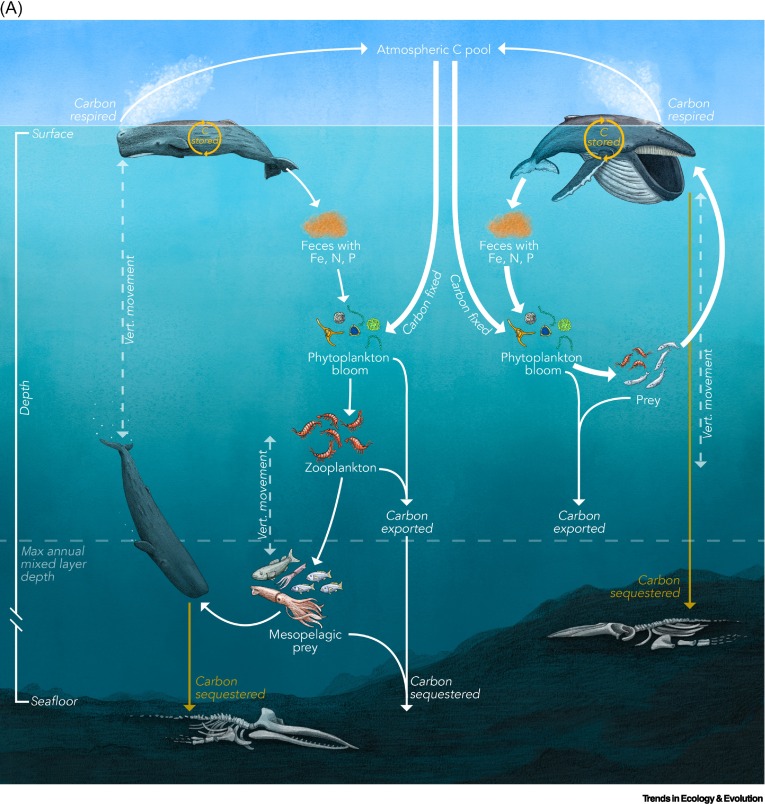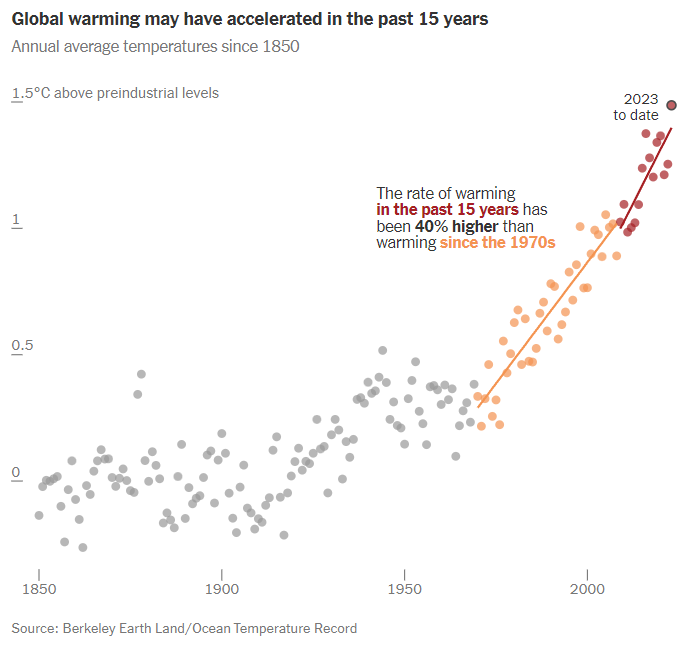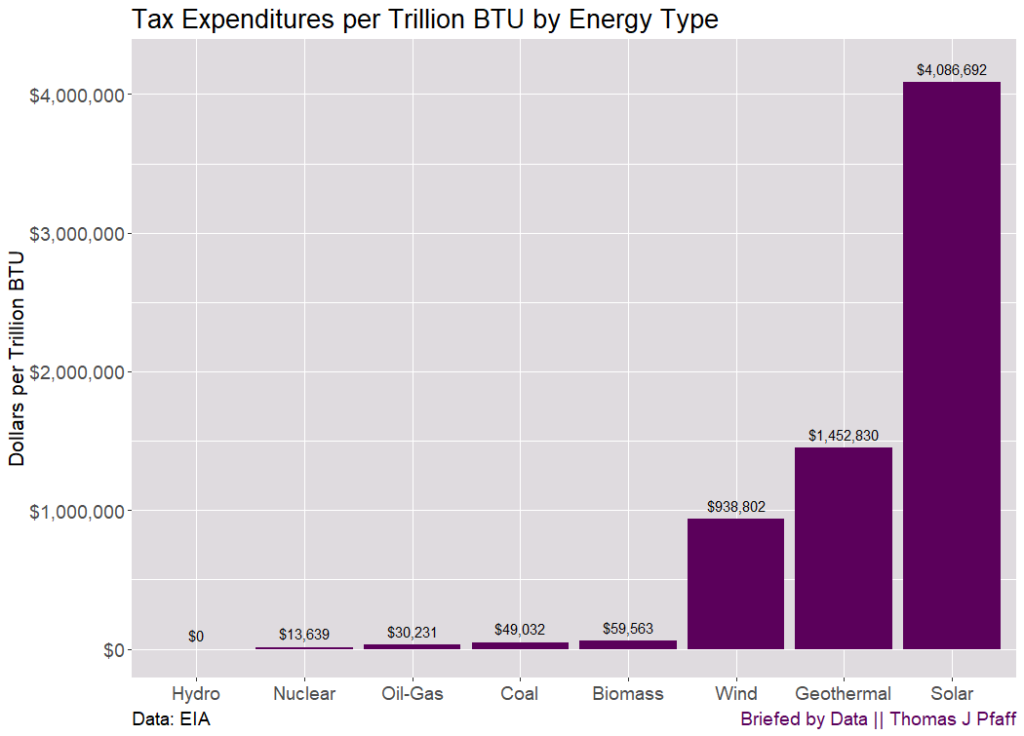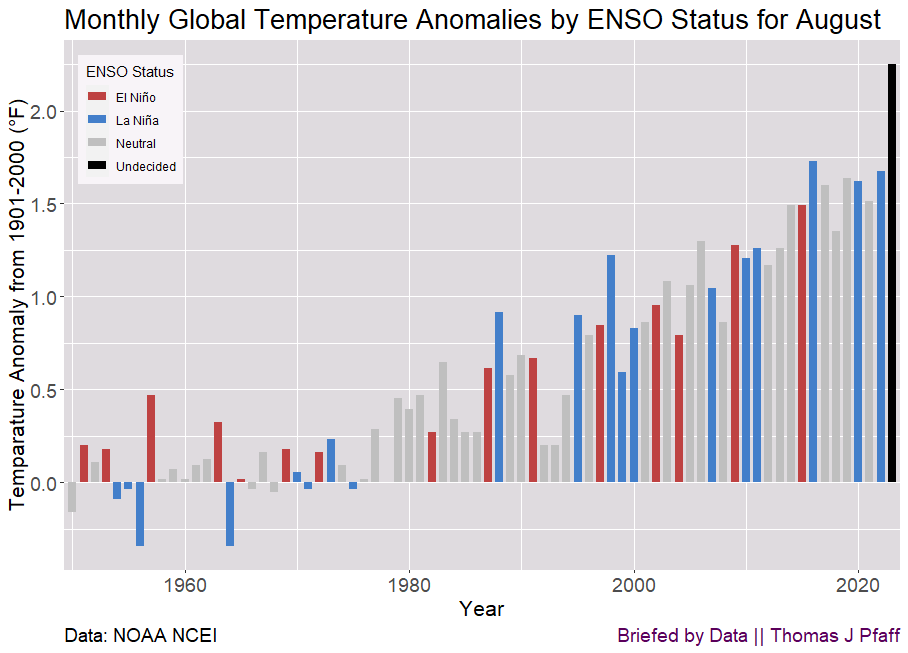 September 2023 set a record for a monthly anomaly, but when you read something that says it was surprising, outrageous, crazy, etc., you are being misled. As far as I’m concerned, this is the media making matters worse. A new record anomaly like September is expected, and, in fact, it will happen again. Suggesting that scientists didn’t know this implies that they aren’t credible. Please read the full argument here and while you are there, subscribe to my Substack Briefed by Data. You can subscribe for free and get data-based articles right in your inbox.
September 2023 set a record for a monthly anomaly, but when you read something that says it was surprising, outrageous, crazy, etc., you are being misled. As far as I’m concerned, this is the media making matters worse. A new record anomaly like September is expected, and, in fact, it will happen again. Suggesting that scientists didn’t know this implies that they aren’t credible. Please read the full argument here and while you are there, subscribe to my Substack Briefed by Data. You can subscribe for free and get data-based articles right in your inbox.
Summary from NOAA, which has the data available:
The September global surface temperature was 1.44°C (2.59°F) above the 20th-century average of 15.0°C (59.0°F), making it the warmest September on record. September 2023 marked the 49th-consecutive September and the 535th-consecutive month with temperatures at least nominally above the 20th-century average. September 2023 was 0.46°C (0.83°F) above the previous record from September 2020, and marks the largest positive monthly global temperature anomaly of any month on record. The September 2023 global temperature anomaly surpassed the previous record-high monthly anomaly from March 2016 by 0.09°C (0.16°F). The past ten Septembers (2014–2023) have been the warmest Septembers on record.
 That is the title of a recent post on Briefed by Data. The graph here, from that post, shows our current electricity consumption and what we would need to add to move all cars to electric.
That is the title of a recent post on Briefed by Data. The graph here, from that post, shows our current electricity consumption and what we would need to add to move all cars to electric.







